READY TO GET STARTED?
REQUEST A FREE ESTIMATE
Fill out the form below or call (888) 466-7849 for a free, no-obligation estimate.
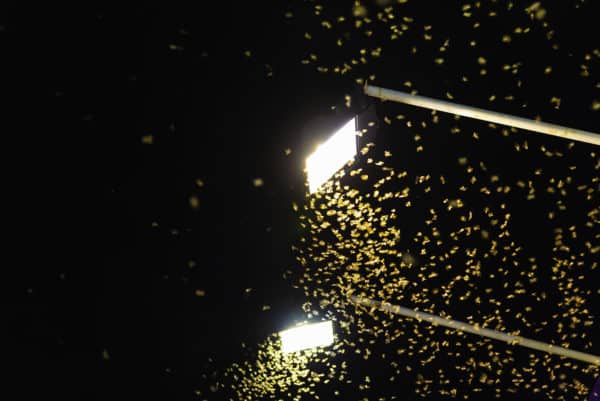
Swarming termites are also known as alates. Swarming termites are usually a seasonal nuisance as they cannot bite, sting, or even chew wood. While they don’t usually cause damage themselves, they do, however, indicate that there is an established colony nearby. These seasoned termites are capable of causing extensive damage to your home.
When dealing with swarming termites there are three important questions to ask: When do they swarm? Where do they swarm? Why do they swarm?
Termite swarming season varies by species. Subterranean termites swarm during daylight hours in the spring. Drywood termites swarm in late summer to early fall. Dampwood termites swarm in the summer. Most species of termites have specific conditions they wait for in order to start swarming. They usually wait for the day after a rainstorm, overcast weather, and wind speeds less than 6 mph.
Swarming termites are found anywhere termites colonize. Termites can swarm indoors or outdoors, although they cannot survive indoors as there is no soil for them to create their colonies in. Swarming termites are attracted to light and are often found near windows and light fixtures. As termites get ready to swarm, they prepare a swarm tube which they use to launch. When the conditions are right, they use the tube to swarm. After a brief flight which lasts for only a few seconds, they land and break their wings away from their bodies. They then pair with a mate. Those pairs that survive then create a chamber underground that they use to breed and the new colony is formed. Swarm launches are usually spread out over a few days with a large release on the first day and smaller launches on subsequent days.
The sole purpose of termite swarms is reproduction and expansion of the colony. The original termite colony reaches capacity and needs to expand. This is usually done once per year, hence termite swarming season. Both males and females swarm at this time. The number of termites that swarms each season varies depending on the size of the colony and the species of the termite.
Because a termite swarm indicates a nearby colony, homeowners should take precaution when one is spotted nearby. A thorough inspection of your home and property should be performed looking for signs of termites. This is also a good time to set up your annual termite inspection if you haven’t already. If you suspect you have a termite infestation, contact a professional pest control company who can inspect your property and set up a termite control plan.
7 Things You Didn’t Know About Cockroaches
How Much Does A Mosquito Treatment Cost?
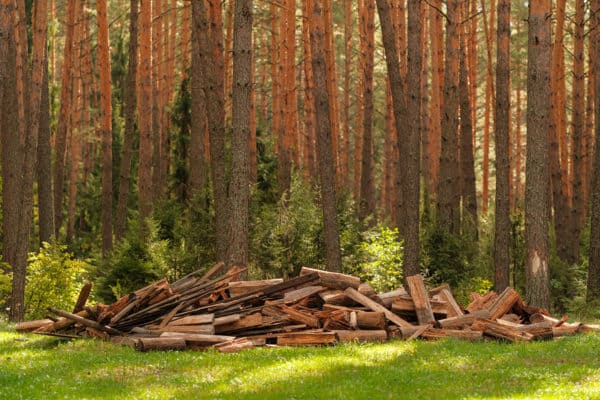
A home is one of the biggest investments one can make and termite damage can be one of the most costly. Termites can colonize your home and cause significant destruction undetected over a long period of time. This can cost a homeowner thousands of dollars in treatment and repairs.
Termites will colonize near readily available food sources, typically soft or rotting wood. They will seek out these moist areas in and around your home in search of a new colony site. The best plan is always termite prevention. The first step in prevention is recognizing what attracts termites to your home in the first place. Here are five things that could be attracting termites to your home:
Firewood and other wood piles are a huge termite attractant and also provide them with a quick and easy ride into your home. Firewood should be stored at least 20 feet from your home and elevated at least 5 inches off the ground.
As trees die and rot, the dead trees and stumps will attract termites. They will then move from these stumps and trees to your home. Remove and clear any dead trees and stumps from your property.
Poor drainage, lack of airflow, and leaking pipes all contribute to moisture problems in the home AND create conditions conducive to termite infestations. Subterranean termites need an abundant source of nearby water to survive, so reducing moisture is an easy way to help prevent a termite infestation and damage. Consider enclosing your crawlspace to further enhance the overall health of your home, by reducing excess moisture, decreasing humidity, preventing mold and wood rot, controlling pests (including termites!), and lowering utility bills.
While aesthetically pleasing, mulch can actually be a big attractant for termites. Mulch is comprised of wood chips which can retain moisture, making them an attractive food source for termites. Consider replacing mulch with another medium or, if you do use it, try to keep it at least 15 inches from your foundations.
Clogged gutters can lead to damage to your home on their own but they can also be an attractant to termites. As leaves, twigs, and other debris build up in your gutters, the excess moisture can soften your roof and cause it to rot. These soft spots attract termites and also provide them with an easy access point into your home. Keep your gutters cleaned out regularly or consider installing gutter guards to prevent clogs.
Another component of termite control and prevention is the professional termite inspection. There are three circumstances where a termite inspection should be performed:
If you suspect you have a termite problem, contact a professional pest control company who can provide you with a thorough inspection and comprehensive treatment and prevention plan.
How Do You Get Rid of Brown Banded Cockroaches?
Cockroaches: A Possible Allergy Trigger
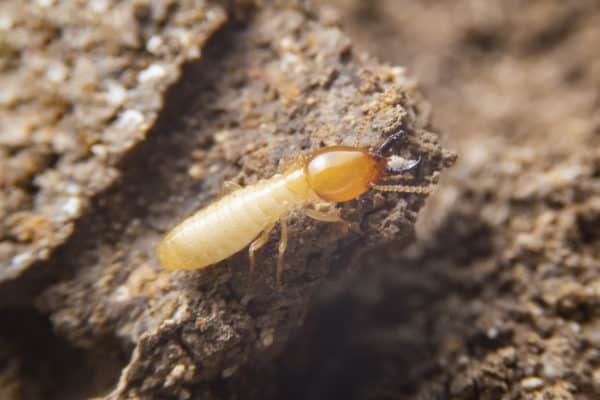
Are termites active in fall and winter? The answer is a resounding yes! All species of termites are active year-round, even in the cold weather of fall and winter. The only difference in termite activity when the weather cools off is a change in their routine – termites will nest deeper in the ground to access warmth and modify their tunnels for easier access to winter food sources. If termites have already colonized your home or office their routine won’t change at all. Heated buildings and their adjacent soil provide the ideal habitat for termites to thrive even in cold weather. Colony queens also lay their eggs year-round which means that not only are termites active during every season, their colonies are also consistently growing. Swarming termites are unlikely to be seen in the fall and winter months as termite swarming season typically begins in the spring.
Regardless of the season, there are some common signs of termite infestations to look for in your home or office including:
There are a few steps for termite protection you can take in and around your home. Make sure all water and gas lines are sealed adequately. Fix any leaky faucets or appliances and get rid of any standing water. Try to eliminate any cellulose material as this is a termite’s primary food source.
If you suspect you have a problem with termites or want to make sure you stay ahead of any potential problems, contact a professional termite control company who can provide you with a free termite inspection and set you up with the most comprehensive termite protection for your situation.
Where Do Snakes Go in Cold Weather?
Mosquitoes Active Through Fall
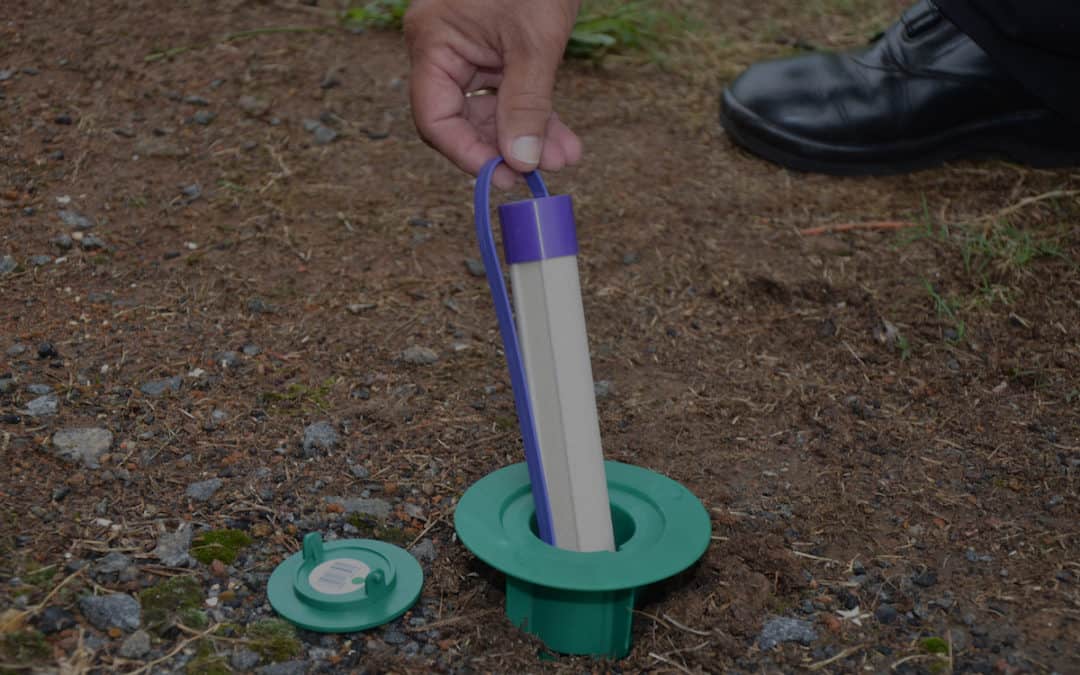
When you purchase your new home, you have hundreds of things to consider and decide on: What furniture do you need? Are any renovations needed right away? Does your home insurance cover everything? There is a lot to take in!
One thing that typically doesn’t come to mind until a few months after you’ve moved in is, “What about termite protection?” Termites are something that can cause damage to your home, and that damage is often not covered by home insurance policies. Sometimes, you won’t think about it until the damage has already occurred, but there are steps you can take to prevent termite damage. With the Sentricon Termite Colony Elimination System and a termite provider’s inspection, your home can be protected.
So, what are the benefits of Sentricon Termite Protection?
Termite protection may not be at the top of your list, but when you think about the $5 Billion in damages that termites cause every year, it is something to highly consider! If you’re considering purchasing a new construction home, connect with your builder about what they offer your home for termite protection!
If you have questions about the right type of termite protection or warranty for your home, give your local termite provider a call; they’ll be able to answer all your important questions so you can make the right decision for your home and family.
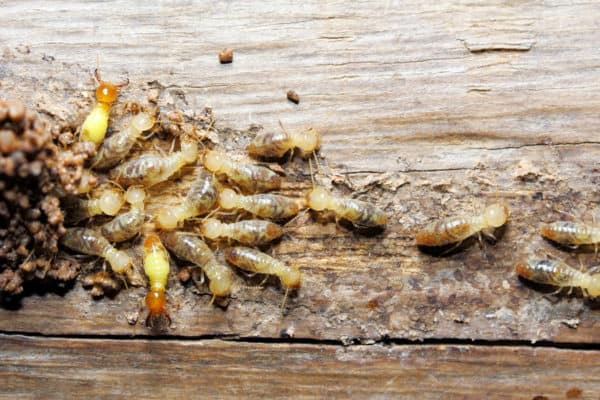
Termites can wreak havoc on a home without the homeowner even realizing it. By the time their presence is realized, the damage is extensive and costly. Termite colonies don’t just consist of hundreds of termites – they number in the millions! Termites can invade any type of home whether it is brick, stucco, wood, or other material. Termites will eat any material that contains cellulose, not just wood. These materials include cellulose insulation, framing timbers, and even drywall. An annual termite inspection can help prevent these devastating infestations by catching and eradicating them early, preventing significant damage and saving money in treatment and repair costs.
Termite inspections will typically begin with the inspector examining all possible points of entry to the home looking for common signs of termites. These signs include mud shelter tubes (pencil sized tubes termites use to travel), piles of frass (termite excrement), termite mazes on walls, discarded wings, etc. The inspector will also use a tool to gently tap on the interior and exterior walls of the home listening for hollow-sounding wood which in another sign of termite damage. The inspector will then check the exterior of the home, including crawlspaces, to check for wood to soil contact which is the easiest way for termites to gain access to a home. Wood to soil contact could be a stack of firewood that is too close to the home or deck posts not set in concrete. The inspector will also check trees, stumps, wooden retaining walls, fences, sheds, detached garages, and any other structures on the property. They will then notify you of their findings and recommend termite treatment options.
The best way to protect your home from termites is with a termite bond. This is a termite warranty between the termite company and the homeowner that is similar to a maintenance contract. They are usually made up of two components: an agreement for termite inspections during the lifetime of the bond and an agreement to provide termite control and treatment if termites are discovered. Bonds are especially important in real estate transactions. Most lenders will at a minimum require a termite inspection. Securing a termite bond provides you with a level of termite protection that can help you qualify for loans and also improve the marketability of your home.
If you suspect you have termites in your home or just want to be proactive in making sure these pests don’t invade your property, contact a professional termite control company and set up your annual termite inspection to give you peace of mind.